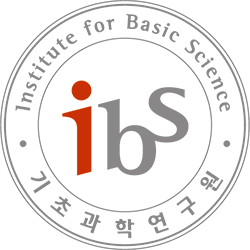FilterNet: Harnessing Frequency Filters for Time Series Forecasting – Jinwoo Hyun
B232 Seminar Room, IBS 55 Expo-ro Yuseong-gu, Daejeon, Daejeon, Korea, Republic ofIn this talk, we discuss the paper "FilterNet: Harnessing Frequency Filters for Time Series Forecasting" by Kun Yi et al., NeurIPS, 2024. Abstract Given the ubiquitous presence of time series data across various domains, precise forecasting of time series holds significant importance and finds widespread real-world applications such as energy, weather, healthcare, etc. While numerous …

